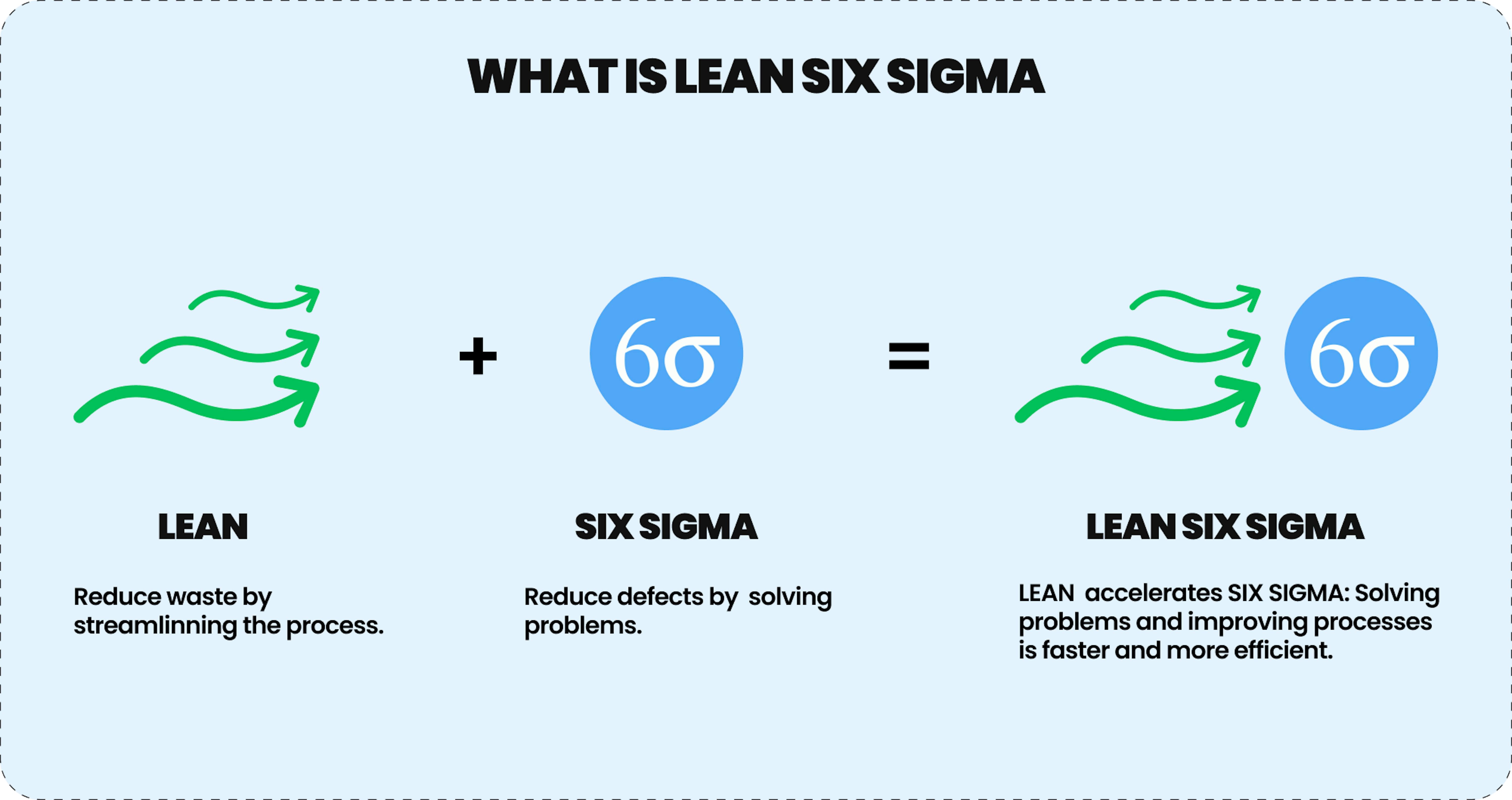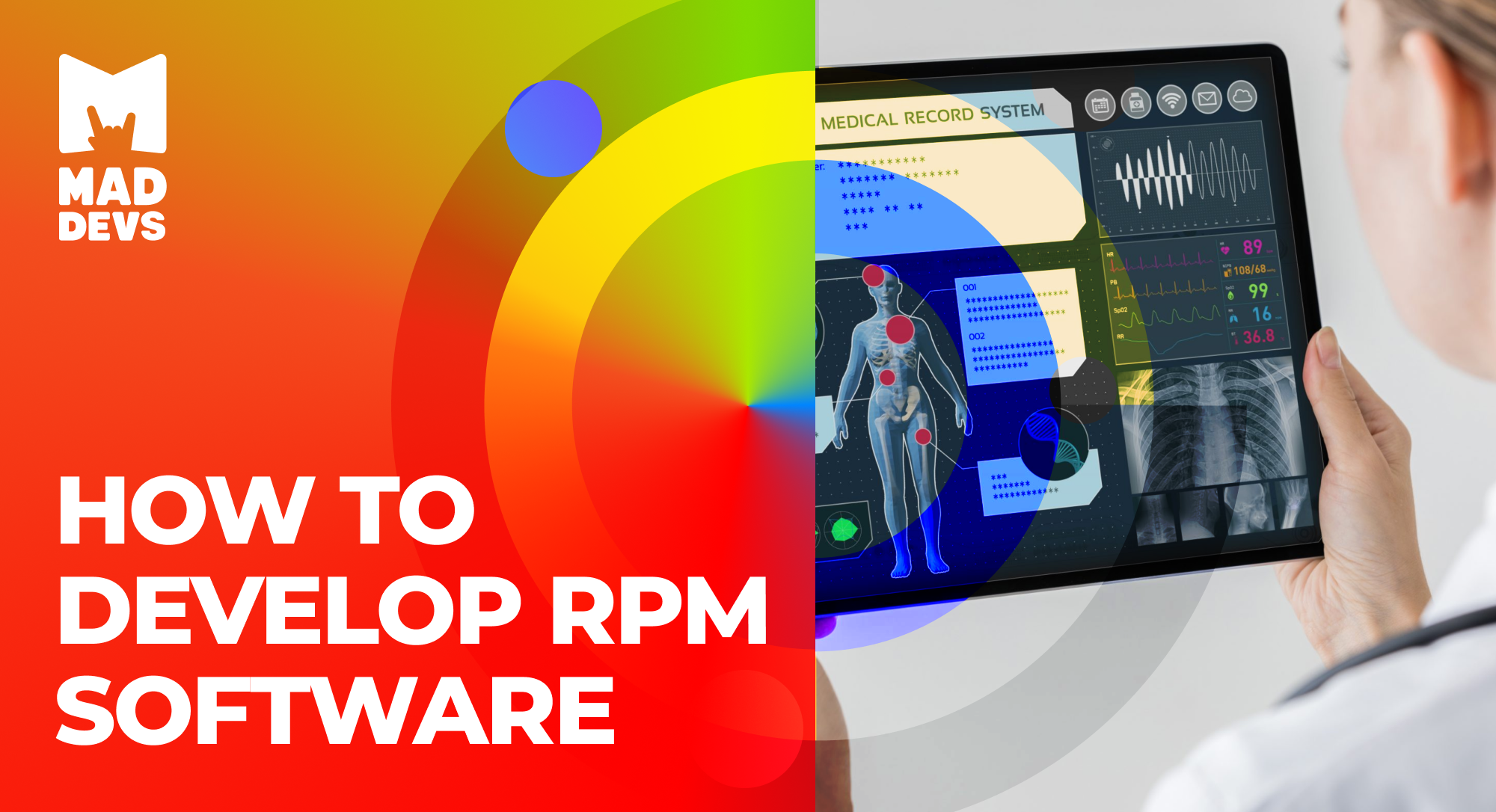Health is at the forefront of many people's thoughts, regardless of their age. In fact, social media has increased awareness about various health issues and given the public more access to information. As such, the healthcare industry is experiencing the same changes as other sectors where patients (consumers in other businesses) choose their providers not only based on results but also on the quality of the service and the satisfaction of other consumers. The solution to improving patient experiences and healthcare in general isn't only about creating software or other technology-driven solutions. In many cases, the problems that prevent hospitals and other medical organizations from providing top-level care extend deep into the organization's structure and its processes.
With the goal of increasing efficiency and patient satisfaction, healthcare professionals have looked to other industries for process improvement strategies. Some examples include:
- Six Sigma
- Lean management
- Lean Six Sigma
- Agile management
- Top Quality Management
This article will examine the Lean Six Sigma approach to provide a brief overview of its methodology, see how it's applied in various businesses, and then explore how it can be applied in healthcare. The application of Lean Six Sigma in healthcare isn't new, but there are challenges to its implementation that should be addressed before a healthcare organization reaches its goals. The article will also outline these drawbacks and give examples of successful cases.
Lean Six Sigma
Lean Six Sigma (LSS) has its roots in the Lean Management approach, which was adapted from Toyota Motors' management philosophy in the mid-20th century, and the Six Sigma approach developed at Motorolla in the 1980s. LSS was created as a synthesis of these two methodologies throughout the 1990s and into the 2000s when it established itself as a separate approach for process improvement.

The fundamental goal of LSS is to create value for customers by reducing or eliminating resource waste and removing process defects. To achieve this goal, LSS also applies the Six Sigma methodology of data analysis. This approach aims to optimize processes and encourage continuous improvement to improve value and reduce waste. LSS borrows the DOWNTIME concept from lean management to describe the 8 sources of waste:
- Defects
- Overproduction
- Waiting
- Non-utilized talent
- Transportation
- Inventory
- Motion
- Extra-processing
To follow LSS, a business uses the DMAIC process to identify and assess problem areas and develop mitigation procedures and solutions. DMAIC stands for Define, Measure, Analyze, Improve, and Control:

Define the problem from the perspectives of the company and customer and determine what value expectations customers have.
Measure how the current process compares to customers' value expectations and how, if at all, it contributes to the problem. Use qualitative and quantitative data in measurements.
Analyze the data gathered to this point to determine the problem's essence, scope, and source.
Improve the process and find a solution to the problem and its source. Test the solution to produce data that can support its efficiency.
Control and monitor the process to manage improvements and identify other areas for optimization if necessary. Focus on creating a plan to prevent the problem from recurring.
While LSS may have its roots in manufacturing and traditional business sectors, the DOWNTIME criteria and DMAIC process have applications in other industries, including healthcare, where there is a significant need to increase the value patients receive from their treatments and health services to raise their satisfaction with providers.
LSS in Healthcare
The need
Patients around the world face issues related to the quality of their healthcare and the value they receive from providers. In some cases, it's a matter of life and death. The World Health Organization (WHO) published global patient safety statistics confirming that healthcare providers have reason to review their processes to find ways to improve their services. According to the WHO, 1 in every 10 patients experience harm in health care, with more than 3 million deaths occurring annually due to unsafe care. Of course, the quality of healthcare depends a lot on social and economic factors in any given place, but it turns out that more than 50% of the harm reported in the WHO study could have been prevented or avoided. They identified such avoidable defects as medication errors, unsafe surgical procedures, healthcare-associated infections, diagnostic errors, patient falls, pressure ulcers, patient misidentification, and unsafe blood transfusion.

Lives are at risk, and the economy and businesses are, too. The WHO noted that patient harm reduces global economic growth by 0.7% a year, costing trillions of US dollars per year. Preventing avoidable patient harm will save lives and healthcare businesses money in the long run. Here are some of the factors the WHO study cited that play a role in patient harm:
- system and organizational factors
- technological factors
- human factors and behavior
- external factors (absence of policies, inconsistent regulations, economic and financial pressures, and challenges related to the natural environment)
The solution
These problems may seem unsurmountable; however, healthcare providers have been taking steps to resolve each of them with innovative solutions. Healthcare professionals began using Six Sigma on an individual basis in the 1990s, with larger adoption of LSS appearing in the 2000s. LSS offers many advantages by taking a global view of a healthcare organization's processes to find optimization opportunities using the DMAIC process. This approach can ensure quality improvement in healthcare by helping providers:
- Avoid medical mistakes, such as wrong diagnoses, falls, and other injuries during healthcare
- Make healthcare services more accessible
- Reduce the length of stay of patients
- Shorten wait times at provider locations
- Reduce medication errors
- Increase turnaround time for lab results
- Minimize overall organizational costs
- Remove unnecessary steps in the supply chain
- Accelerate reimbursement for insurance claims

Despite these benefits, there are disadvantages and challenges to carrying out LSS, as with any approach. Healthcare providers should be aware of them in order to understand what LSS will entail for their organization and how to prepare for using it. The drawbacks include:
Lack of knowledge: While LSS is well-known in other sectors, healthcare professionals may not know about this approach or the Lean and Six Sigma methods. This creates a barrier to introducing this type of change.
Time-intensive: Any managers or employees who need to learn LSS methodology will complete a training course that requires extra time and energy.
Complex methodology: LSS is a complex approach that requires time and may create misunderstandings or misinterpretations within an organization.
Cost: LSS certification isn't free, and hiring experts to conduct changes within your organization can be expensive.
Healthcare regulations: The healthcare industry is different from other businesses due to government and other regulations. Some of these create waste and can't be removed even if they reduce patient satisfaction.
There are advantages and disadvantages of using Lean Six Sigma in healthcare, though with the proper knowledge and planning, healthcare organizations can ensure that they reap the benefits regardless of the difficulties involved. Other approaches, such as the ones mentioned in the introduction, may work better for your healthcare organization, though they each have individual advantages and disadvantages. Contact our specialists to unlock their experience in change management and find the best approach for your organization today.
If you're still curious about how changes can be implemented, especially with LSS, read on for some examples of hospitals and providers who have successfully used it to improve their processes.
How do Lean Six Sigma principles improve hospital performance?
Kent Hospital in Izmir, Türkiye, was experiencing a lack of patient capacity and other problems. They implemented LSS that analyzed their processes and discovered several sources of waste and other problems in their billing systems, patient data, and hand-offs (when patients are transferred from one doctor to another). The experts conducting LSS at the hospital identified registration desk errors, incomplete data entry, and medical records errors as some of the root causes of the hospital's challenges. Their analysis and use of LSS allowed the hospital to save money and reach an estimated benefit of $84,740 per year.
After using LSS and other approaches in their own healthcare centers to improve the quality of their services and increase patient satisfaction, Standford Medicine created a Center for Improvement that teaches other healthcare providers how to utilize quality improvement techniques in their own organizations. They embrace LSS, strive to improve, and place patient contact above all other activities within their healthcare system.
Technology and LSS
Bringing value to patients is at the core of LSS, and technology solutions can support a healthcare provider's goal of connecting with their patients and their loved ones. Mad Devs has experience developing software for the healthcare industry that puts patients first.
Our mission to "automate everything" coincides with the LSS approach because technology can bring life-saving information to the public and help individuals learn more about their health before having to visit a doctor or hospital. In Turkmenistan, a non-profit focused on health, Saglyk, aimed to increase awareness among girls and women about female health issues. They created an app, Bilim, and approached Mad Devs to enhance the user experience and bring greater value to them.

💊 If you're in need of a healthcare technology solution, contact us today!










